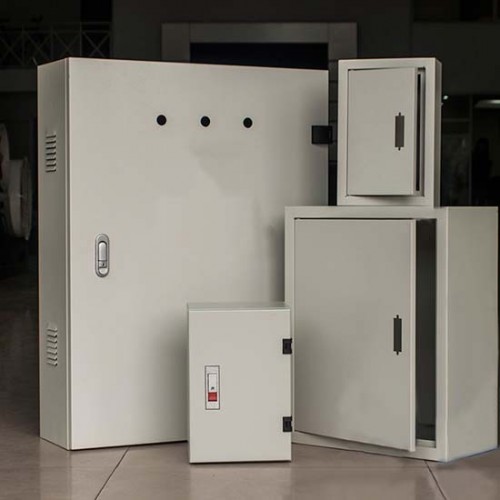Why Do You Require Electrical Equipment Enclosures?
Electrical enclosures are necessary on the building site and in all structures. An electric enclosure houses valuable components to safeguard them from environmental hazards. The electrical enclosure used depends upon the building environment and also the size and protection requirements for the electrical equipment it houses.
The appropriate enclosure includes a endurance and provides dependable protection. Electrical components are incredibly sensitive to external elements. They should be shielded from lots of things commonly present at construction sites such as dust, dirt, water, debris, UV light and chemicals. The temperature inside and outside the electrical enclosure is another major consideration so components aren't damaged by hot or cold. Your electrical components might need protection against frequency interference if you are in the hectic industrial area.
Certain electrical components can be extremely susceptible to damage. These ingredients must be housed in facility that may completely protect them and resist corrosion. A Fontana precast electrical equipment enclosure provides top protection so electrical components remain safe and functional in all of the different conditions. 
Additional options could be needed for your electrical enclosure to be functional like double-hinged doors, data interface ports and removable panels. Enclosures can be purchased in all different shapes, designs and sizes to adjust to into every floor-plan and building project.
Enclosures must be periodically inspected to be watertight and sound. Utilizing a precast vault ensures your electrical components will probably be housed inside a safe, protected environment. Precast concrete stacks up towards the harshest elements including fire, climate conditions, chemical exposure and UV rays which means that your electrical components remain intact.
Enclosure requirements are available in various places such as National Fire Protection Agency, National Electric Code (NFPA 79). Different electrical enclosures are utilized in relation to need. As an example, Type 1 and design 12 enclosures are primarily used indoors to deliver protection. Type 3R enclosures are utilized outdoors to make available protection against rain. Type 4 enclosures may be used indoors or outdoors and resist rain, dust, direct streams water and ice formation. Type 4X enclosures also provide protection against corrosion.
An electrical enclosure must supply a proper fit to effectively protect electrical components. Additional requirements exist for the framework of the enclosures such as using certain metal thickness, coated finishings and latches. Finally, the size and style and mounting with the electrical components should be considered prior to choosing the perfect Fontana electrical equipment enclosure for the project.
For more info about vo tu dien son tinh dien explore this useful webpage.